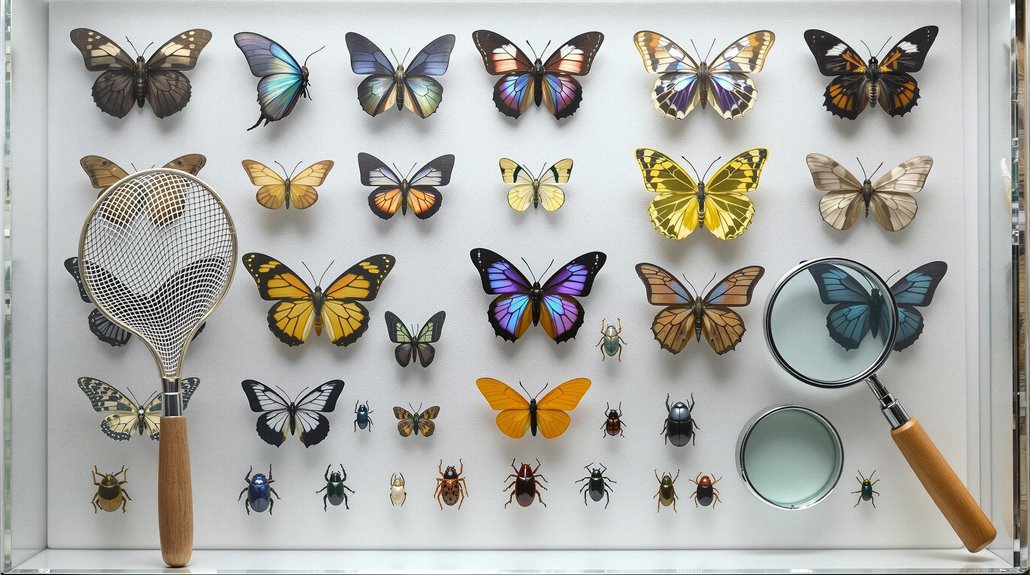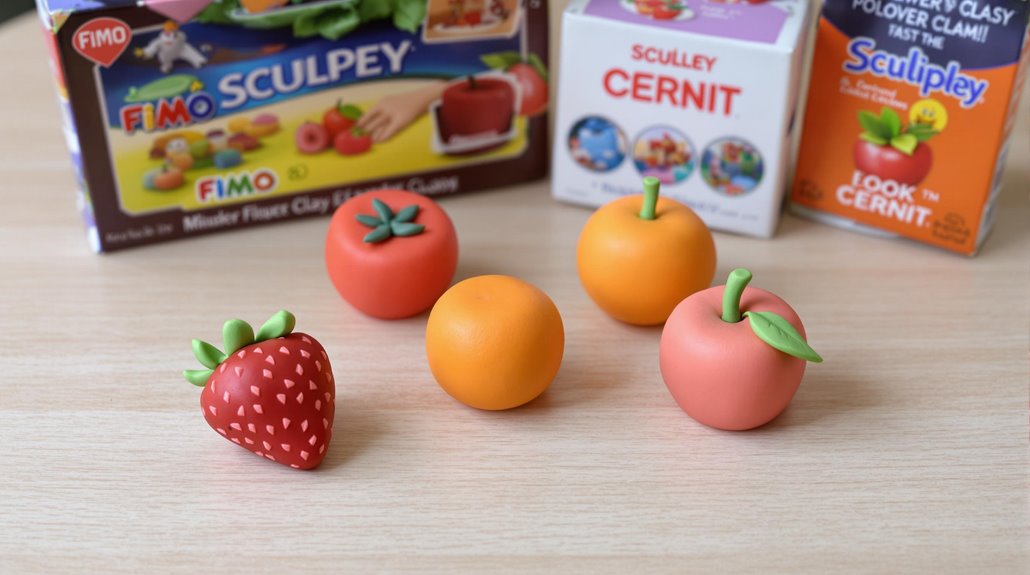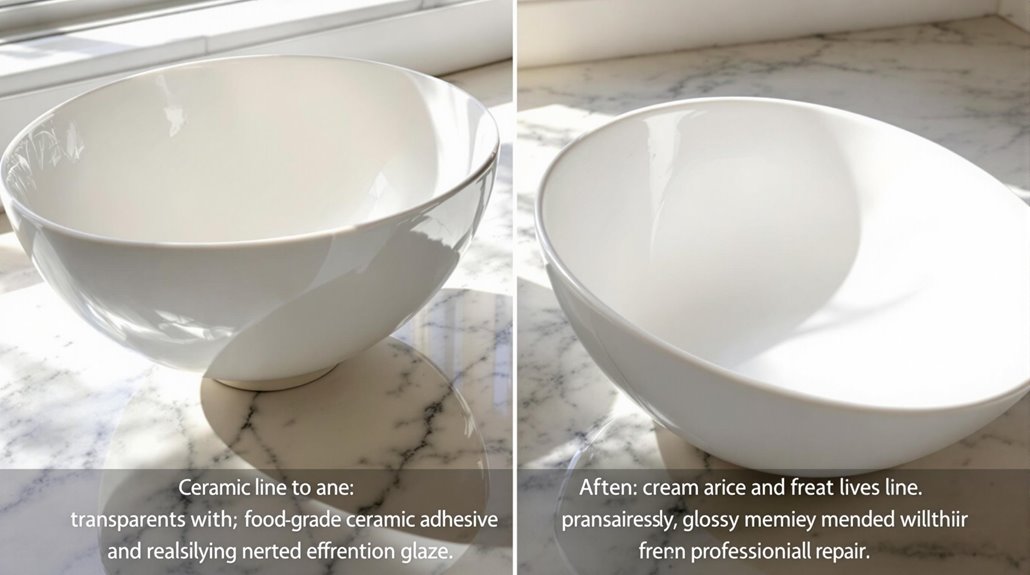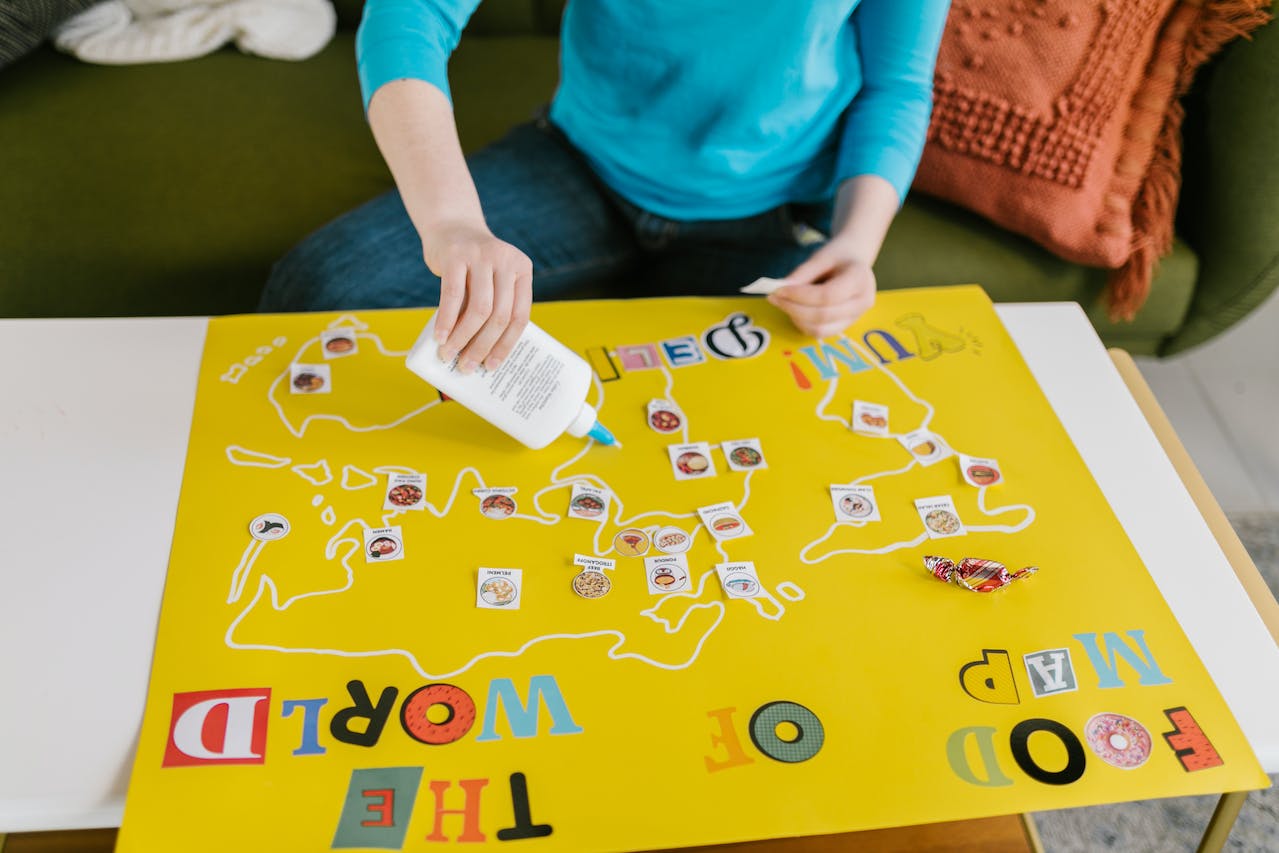Explore Hyper-Realistic Miniature Food as a Hobby
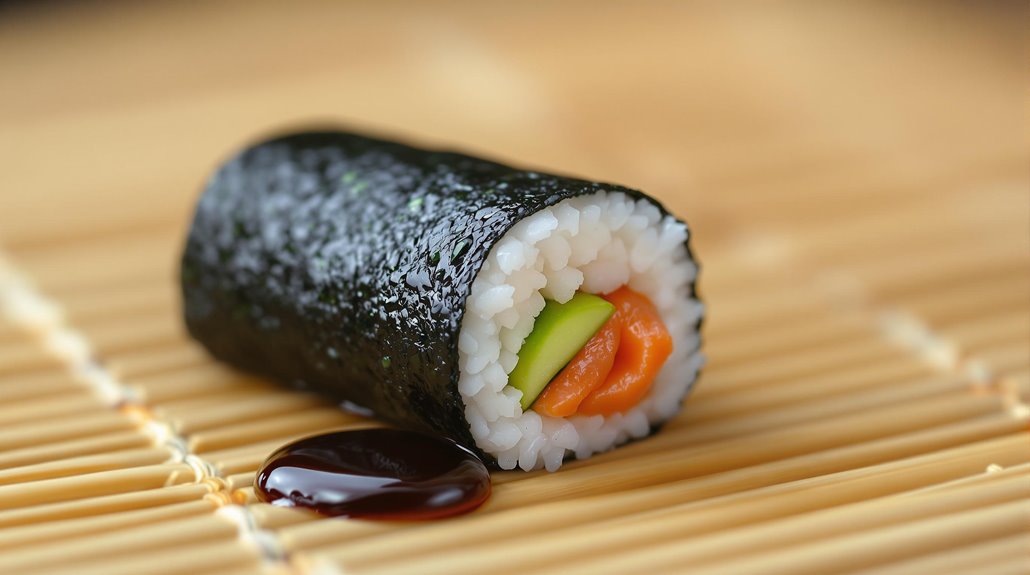
You can start creating hyper-realistic miniature food with basic, affordable materials like acrylic paints and polymer clay from stores like Walmart. Begin by perfecting simple shapes and textures, then advance to weathering techniques that add authenticity to your tiny culinary creations. Whether you're crafting miniature produce, aged tableware, or complete meal presentations, this hobby combines artistic expression with painstaking detail. Uncover how your miniature food voyage can grow from a creative pursuit into an engaging online presence.
Essential Tools and Materials for Miniature Food Creation
Creating hyper-realistic miniature food doesn't require expensive materials to achieve stunning results. You can start with basic items from Walmart, like apple barrel cheap paint and a simple brush, to create weathered effects on your miniature tableware. These affordable tools are perfect for achieving that sought-after grungy, rusty appearance that adds authenticity to your creations. Acrylic paint compositions containing 41% water and 32% polymer binder make them ideal for beginners working on miniature food projects. To craft detailed food items, you'll need pliable materials that can be molded and shaped, like those used for miniature tortillas in tacos and burritos.
When working on vegetables, consider techniques for creating realistic interior details, such as handmade seeds. Stock up on utensils in two different colors and gather supplies for crafting various dishes like noodle salads with beef to complete your miniature food collection.
Mastering Weathering Effects for Aged Culinary Miniatures
While fancy equipment and expensive materials aren't necessary, commanding weathering effects on miniature culinary pieces requires a keen eye for detail and simple but effective techniques. You'll find that making things look authentically aged starts with a basic mixture of apple barrel paint from Walmart, nutmeg brown, and water.
Apply this mixture with an inexpensive brush, focusing on the edges and bottom of your miniature food pieces and tableware. The quick-drying paint creates a realistic worn appearance that mimics years of use, rain exposure, and moisture damage.
Your background knowledge of real kitchen wear and tear will guide you in achieving that perfect grungy, rustic look. Much like concrete's aging process, your weathering effects will become more convincing over time as you practice the technique. Once you're satisfied with the weathering, seal your work to preserve the aged aesthetic, ensuring your miniatures maintain their authentic, lived-in charm.
From Garden to Table: Creating Miniature Produce and Dishes
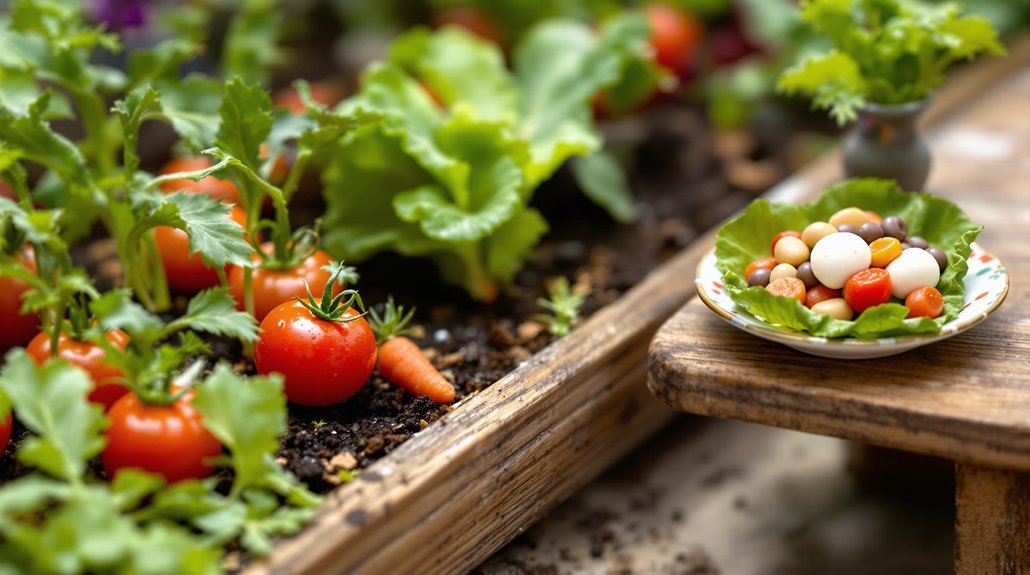
To command miniature produce and dishes, you'll need to understand how real fruits and vegetables shift from garden-fresh to plate-ready states. Study the subtle color variations in produce, from the deep purple of eggplants to the gradient hues of ripening tomatoes. When you make miniature versions, focus on capturing these natural metamorphoses.
Start with basic shapes using polymer clay, then add texture with specialized tools to mimic the skin of fruits or the ridges of leafy greens. Create realistic effects by applying multiple layers of paint, using dry-brushing techniques for depth. Don't forget to incorporate imperfections – a tiny bruise on an apple or slight discoloration on a banana adds authenticity. Convert your produce into prepared dishes by "cutting" them into appropriate sizes and arranging them naturally on scaled-down plates. Like creating natural ground cover for model trains, using varied textures and patterns will help achieve a more realistic appearance in your miniature food displays.
Building Your Online Presence as a Miniature Food Artist
Successful miniature food artists understand that a strong online presence is essential for showcasing their work and connecting with potential customers. Take a little bit of inspiration from artists like Twinheart, who effectively uses both a dedicated website and Instagram to display their unique creations.
When building your online presence, focus on highlighting your distinctive style. Whether it's Twinheart's grungy, weathered aesthetic achieved with simple materials like Apple Barrel paint, or your own artistic vision, consistency across platforms helps establish your brand. Share your creative process, background experiences, and the materials you use to create your miniatures.
Even when managing high demand, maintain regular updates to keep followers engaged. Remember that your online platforms serve as both a portfolio and a way to share your artistic expedition with your audience.
Advanced Techniques for Realistic Food Textures and Details
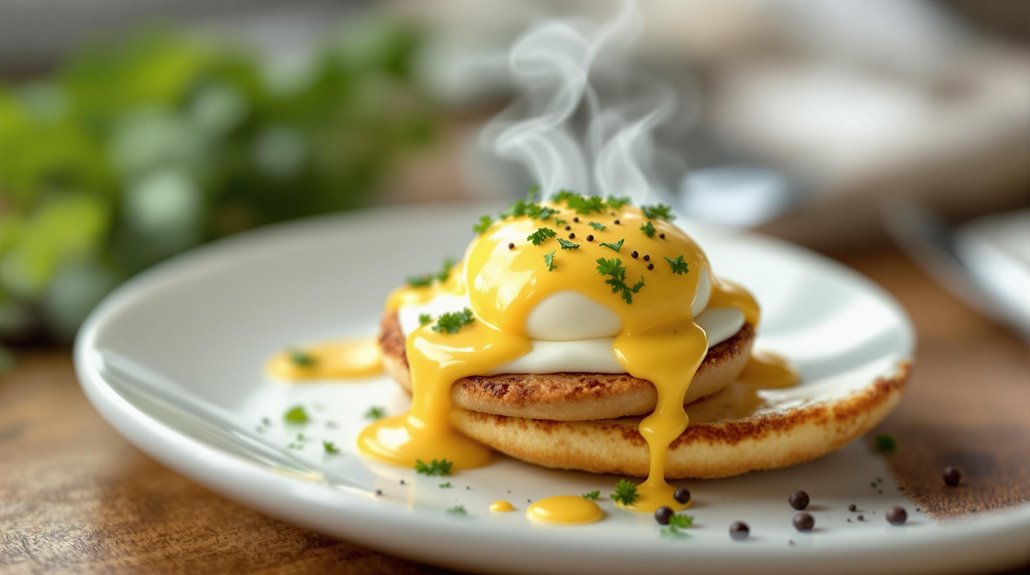
Creating hyper-realistic food textures demands both innovative techniques and careful attention to minute details. You'll uncover that affordable materials like apple barrel paint from Walmart can create stunning weathering effects that mimic edible surprises in your miniature food displays.
Master these essential techniques for professional results:
- Apply nutmeg brown paint with water using inexpensive brushes, focusing on edges and bottom areas for authentic wear patterns
- Work with pliable tortillas to shape tacos and burritos before setting them with glue
- Design convincing noodle salads with beef elements for lunch presentations
- Add tiny handmade seeds inside cut vegetables for enhanced realism
Experiment with different paint consistencies and layering methods to achieve the perfect balance of aging and wear, making your miniature foods look genuinely used and naturally weathered.

